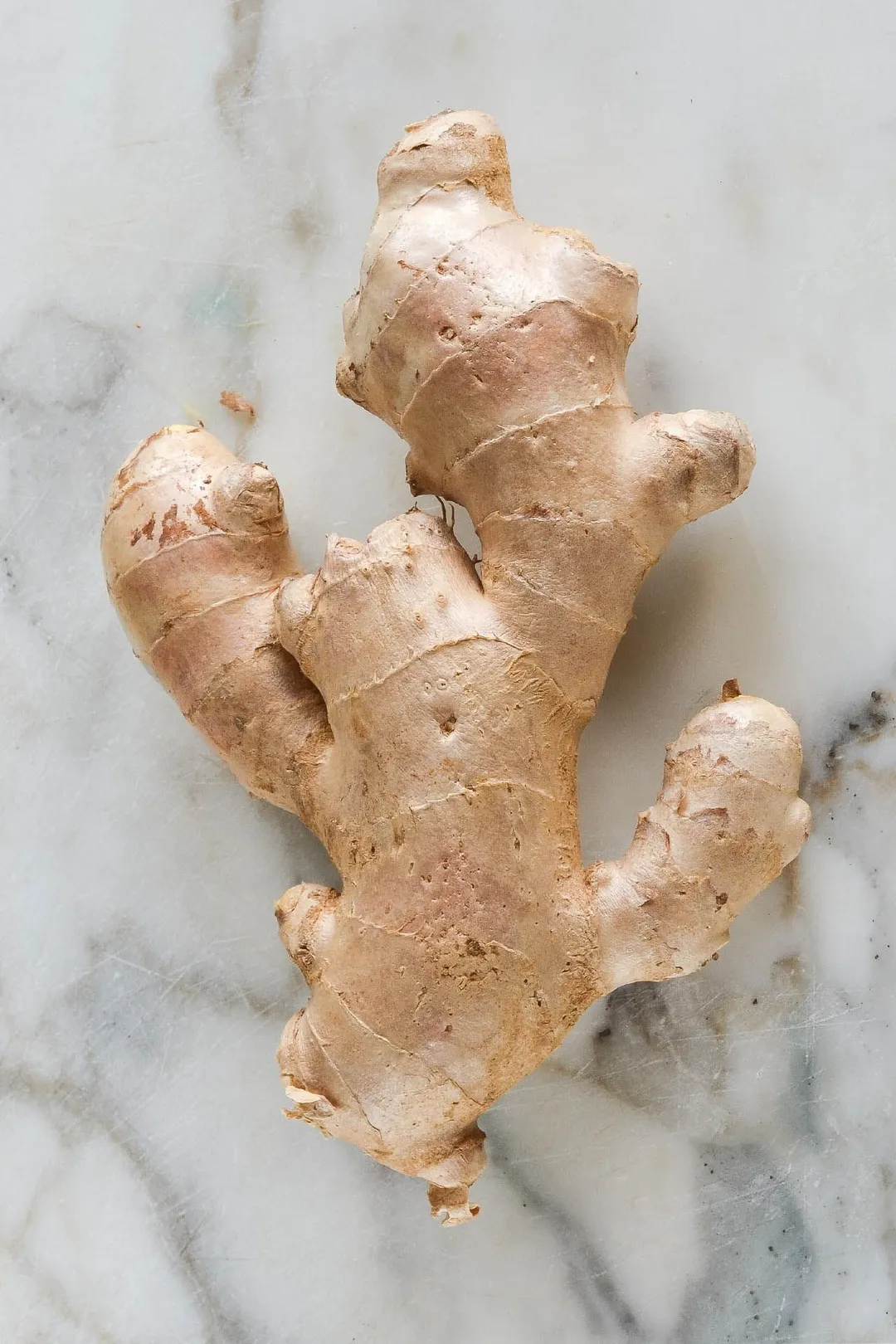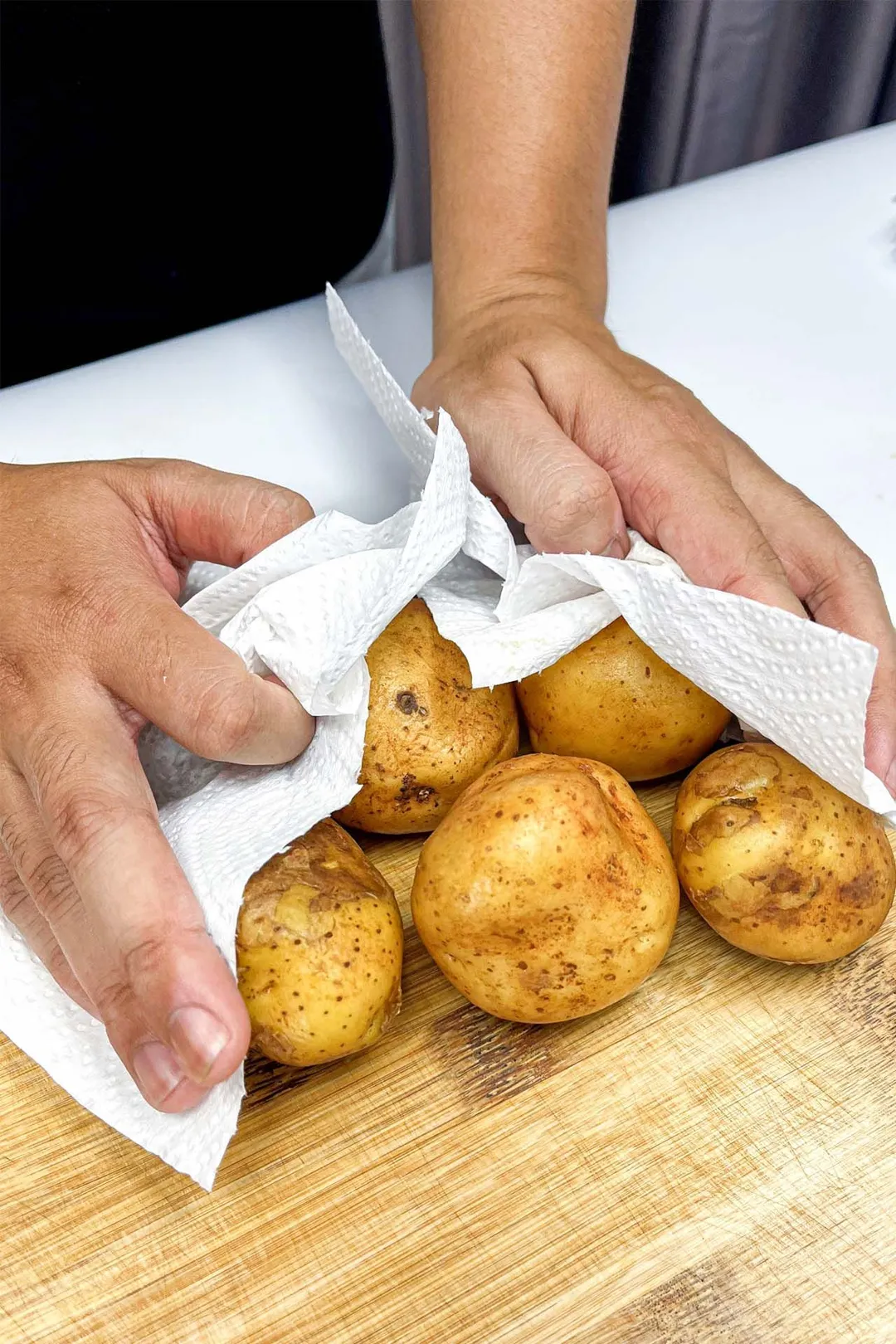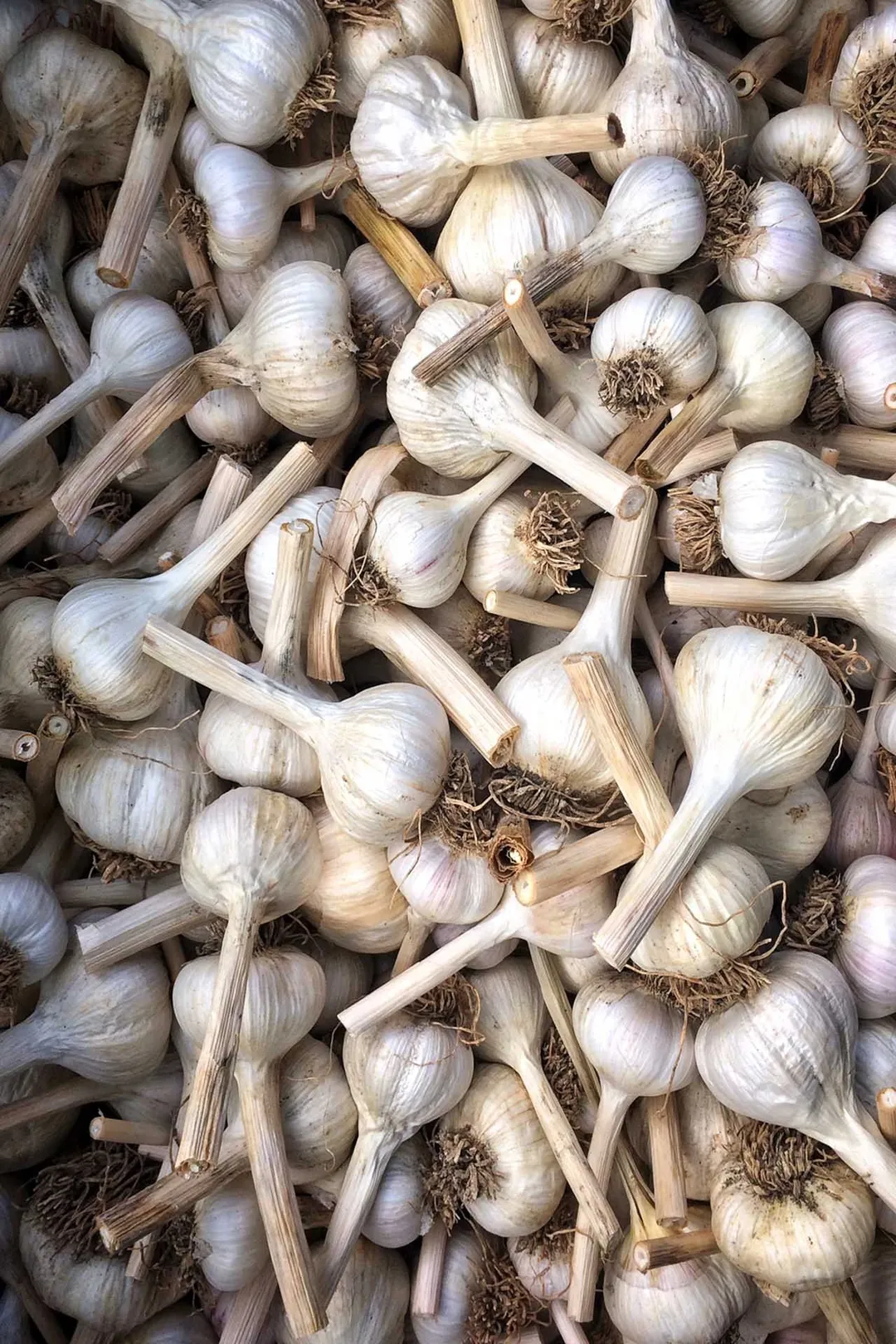Knowing how to store ginger correctly can come in handy. After all, among the most essential spices that you should always have in your pantry is fresh ginger.
Ginger’s spicy heat is an excellent addition to a great many recipes. You can also add a bit into tea and pastries to enhance the flavor with its natural pungency.
But aside from serving as a flavoring agent, ginger also has significant health benefits. Namely, its ability to alleviate nausea during pregnancy, after chemotherapy, or surgery.
So, with that said, here are the steps to take if you want to keep a supply of fresh ginger in your home.
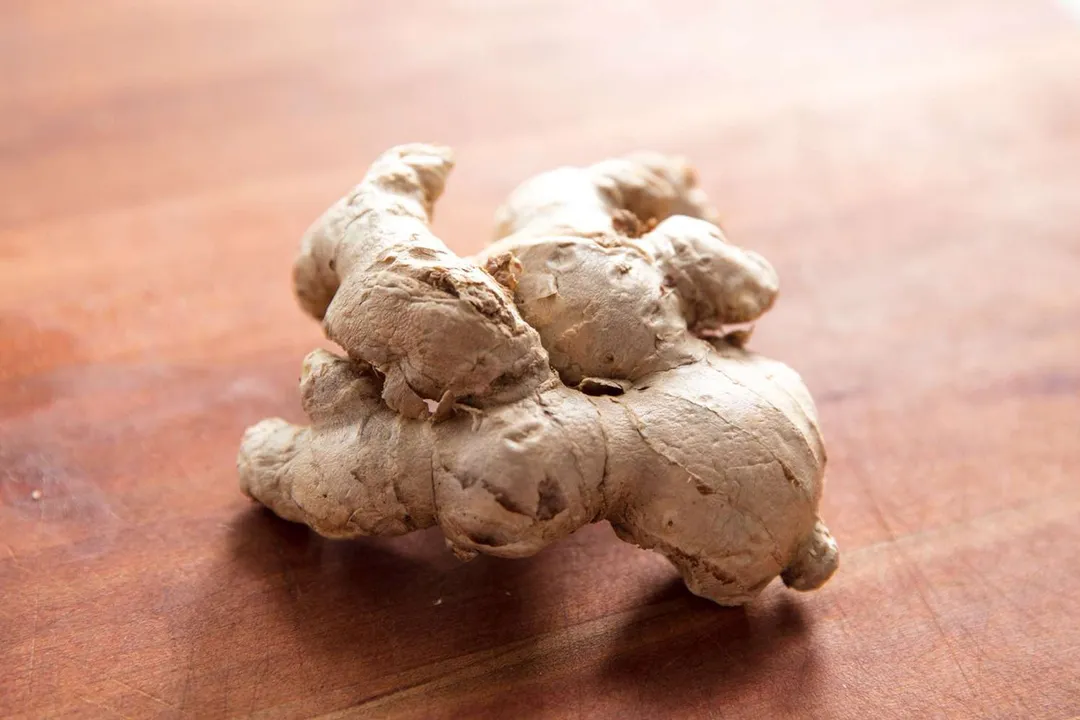
Best Ways to Store
This depends on how long you intend to keep your ginger for.
If you only want to keep it for one or two days, just leave it out in the open. Put the ginger (unpeeled, uncut) onto a plate and leave it on the counter until you need to use it. Ensure there is plenty of airflow for the rhizomes to breathe.
Unlike many other types of roots and veggies, ginger is very hardy. It can withstand the hot, humid environment of a typical kitchen without much of a problem.
If you’ve already peeled the ginger, fret not! There’s still a way to save it.
You can submerge it in either alcohol or an acidic substance like lemon juice. The alcohol or the acidic liquid can help preserve and extend the ginger’s shelf-life. With this method, you can keep the ginger usable for a couple of weeks.
If you have to store it for longer than two days, then you need to take some additional measures. For long-term storage, the two best methods are refrigeration or freezing.
If you only need to store it for one or two weeks, then refrigerate. On the other hand, from a few months to a few years, freezing is going to be the best avenue.
Altogether, there are four methods to try, here. Since the first method (open-air storage) is pretty obvious, we won’t discuss it further. You will find detailed instructions on the other three methods in the next segment.
How to Store Ginger Roots for a Long Time
1. Store in Alcohol/Acidic Liquid
For this method, you will need a large jar. Put your peeled ginger in the jar.
Next, you have to choose the preserving liquid. Like we mentioned earlier, you can either opt for alcohol or an acidic liquid.
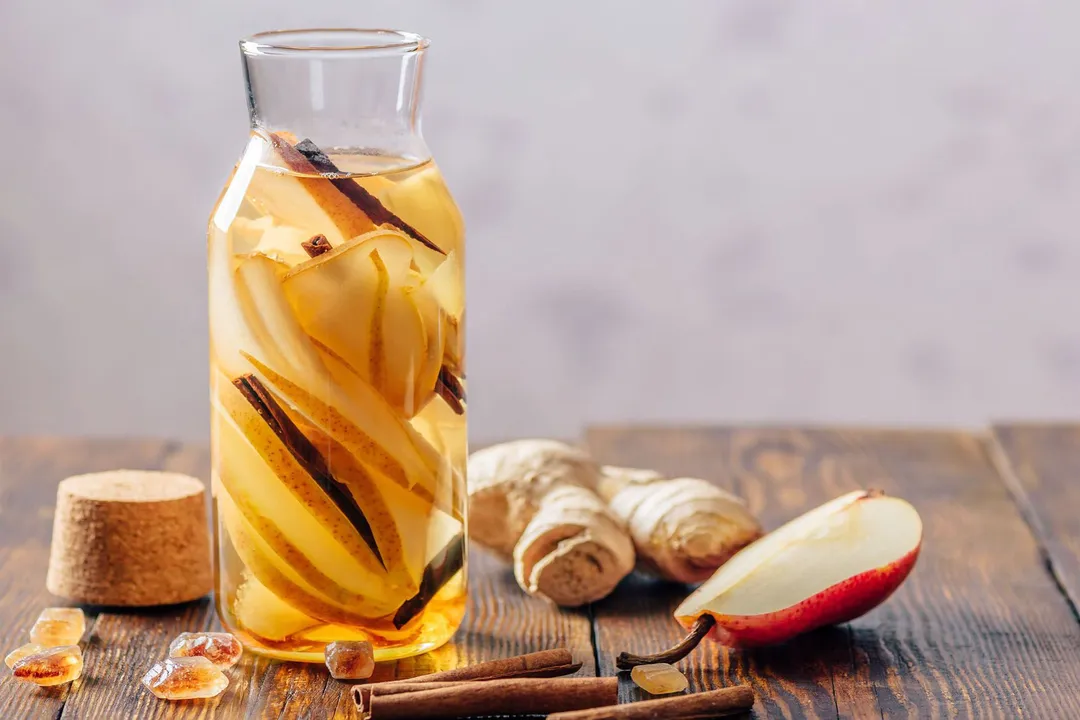
The reason behind this odd selection of liquids is that ginger contains natural enzymes that can cause it to break down and turn mushy over time. Alcohol and acid can deactivate these enzymes, effectively stopping the ginger from going bad.
If you choose to preserve the ginger in alcohol, use either vodka or sherry.
For people who prefer the taste of ginger to be as close to the original as possible, choose vodka. As sherry is a fruity liquor, the ginger can pick up a bit of its zesty flavor after a while. Of course, this isn’t necessarily a bad thing. The incorporation of sherry can give the ginger a more exotic taste profile.
Sherry-infused ginger is actually an excellent ingredient for a tropical cocktail!
If you dislike alcohol, the two acidic substances of choice for preserving ginger are lemon juice and vinegar. Most people choose lemon juice since it has a milder taste and better scent.
In the case of vinegar, you would basically be pickling the ginger. We recommend rice vinegar due to its milder taste. Coincidentally, the end result of this method will be Gari — Japanese pickled ginger commonly served alongside sushi.
You should seriously consider finding Gari recipes and follow the instructions, as it’s not just about dipping ginger in rice vinegar alone. There are a few more steps, but for the most part, making Gari is simple.
This way, not only will you successfully preserve your ginger, but you will also make it special.
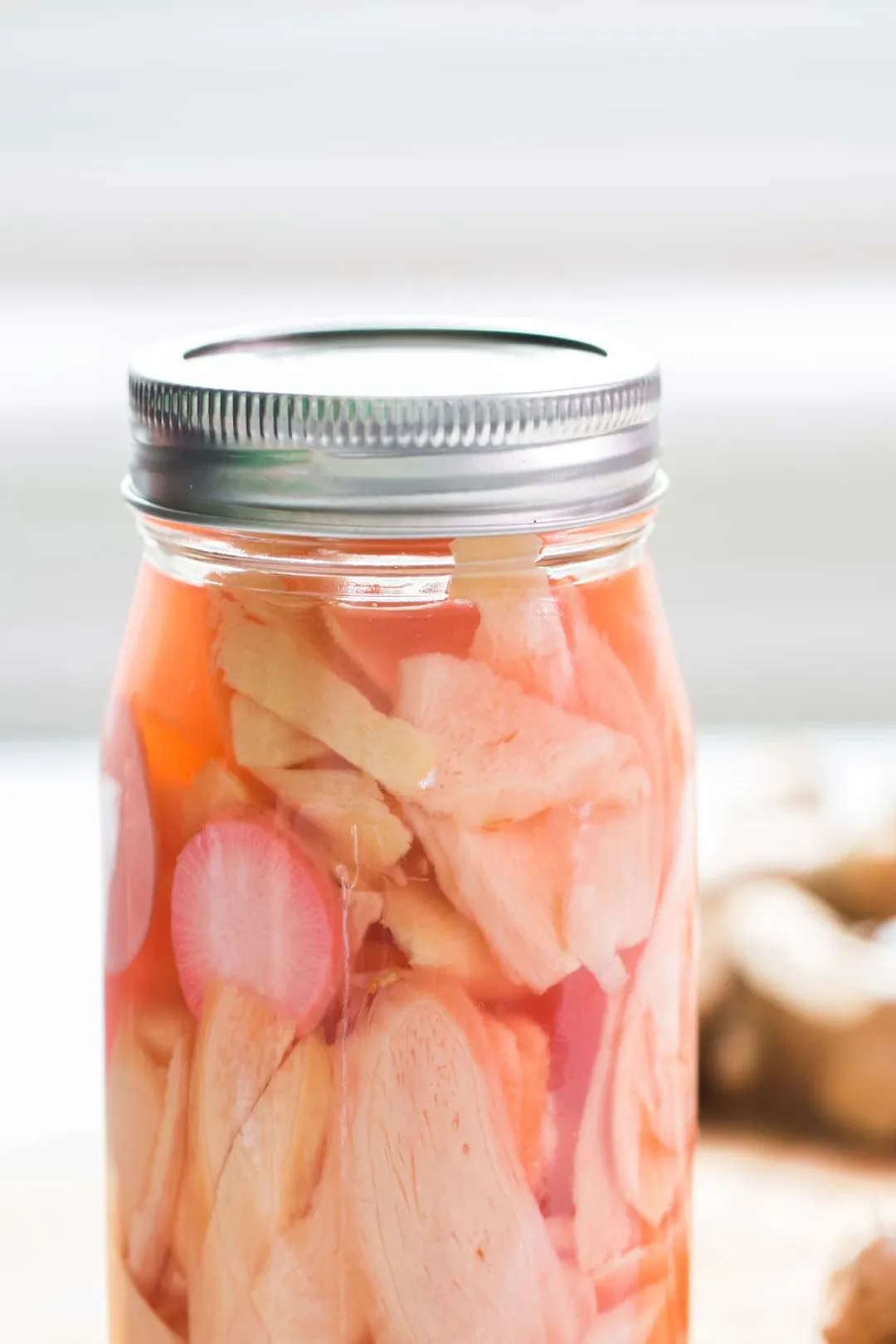
Whichever liquid you choose, fill up the jar until the ginger is totally submerged inside. Seal the jar, label it with the name and the sealing date, then put it into the fridge. It should be safe for up to a month.
Check on the jar every once in a while until you want to use the ginger. Inspect the preserving liquid carefully for cloudiness, which is a sign of a bacterial infection or mold growth.
2. In the Fridge
Take a resealable plastic bag and put the ginger inside it. Before sealing the bag, squeeze as much air out of it as you can. The more air there is within the bag, the quicker the ginger is going to spoil.
Ideally, if you have the equipment for it, you should vacuum-seal the bag. It will extend the shelf-life of the ginger in the fridge to the max.
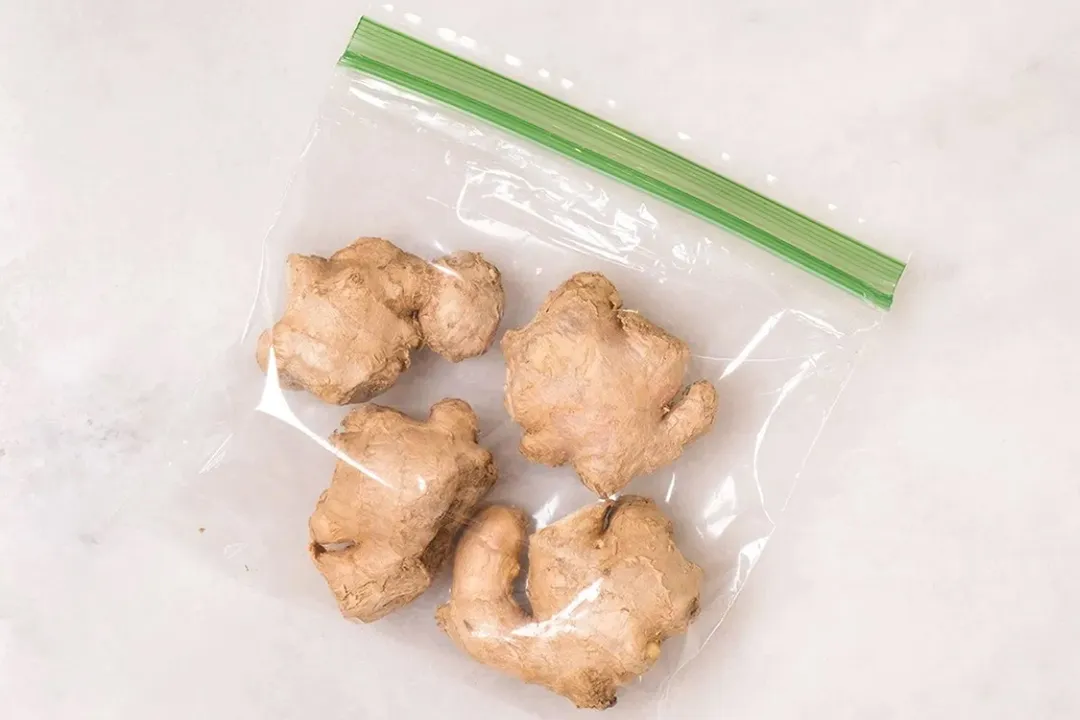
Label the bag with the name and packaging date for easier monitoring, then place it into the fridge. Check on the ginger every once in a while to make sure that it hasn’t turned mushy or moldy.
3. In the Freezer
For this method, you can either store the whole ginger root or you can cut it into smaller, 1-inch pieces.
In whichever case, put the ginger (or the ginger pieces) into a freezer-safe bag. Push out as much air as you possibly can. Then, pop the whole thing into the freezer. It’s as simple as that.
If the freezer’s temperature is adequately maintained below 0°F (-18°C), the ginger can last indefinitely.
Conclusion
So, that’s how to store ginger! Storing ginger isn’t all that hard, considering it is such an enduring root. It requires very little effort and time to store properly, so treat it right. Do it well enough and you won’t ever run out of ginger to use.
Tuyet Pham
Head Chef, Culinary ConsultantLuna Regina
Writer, Author